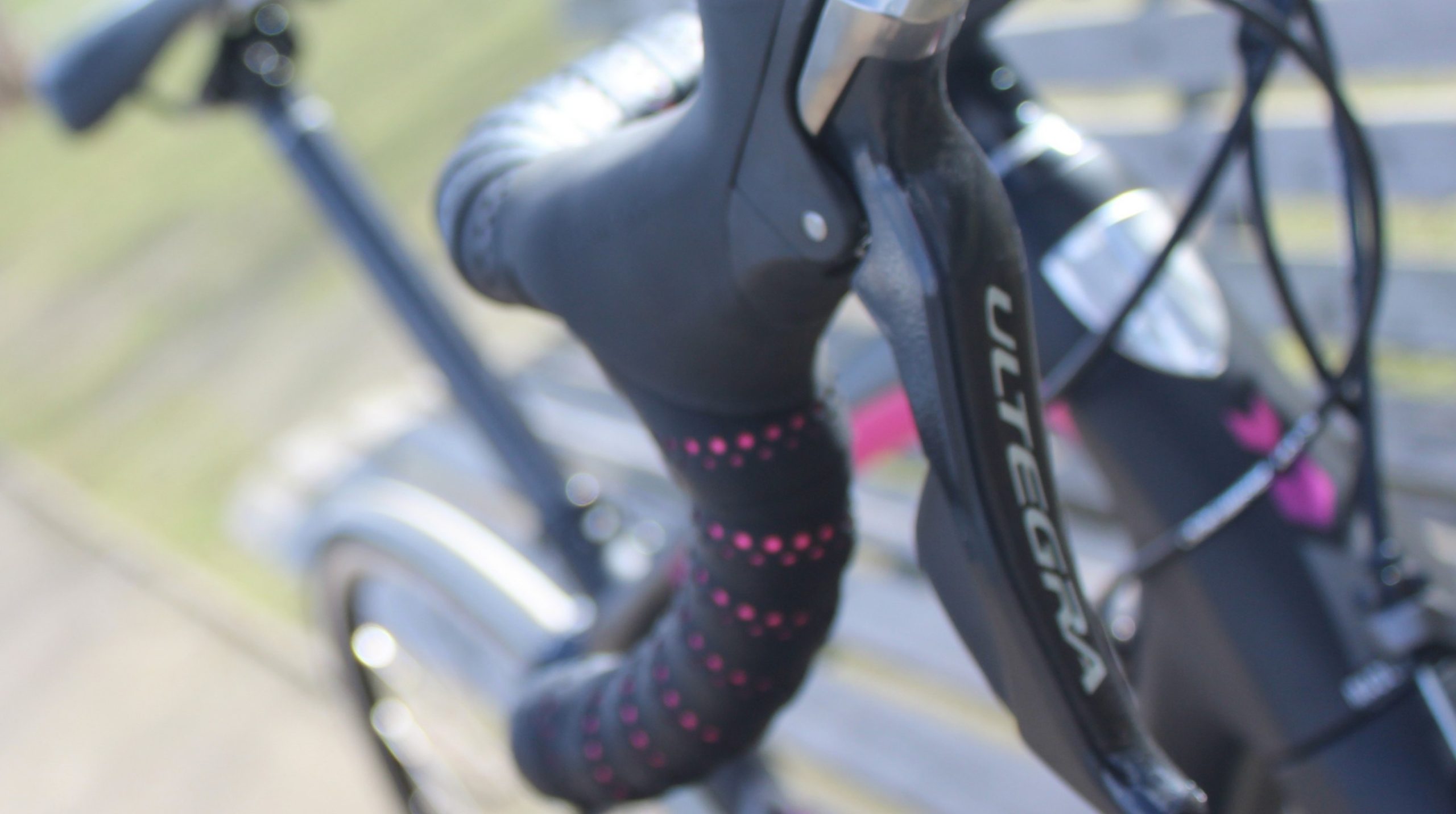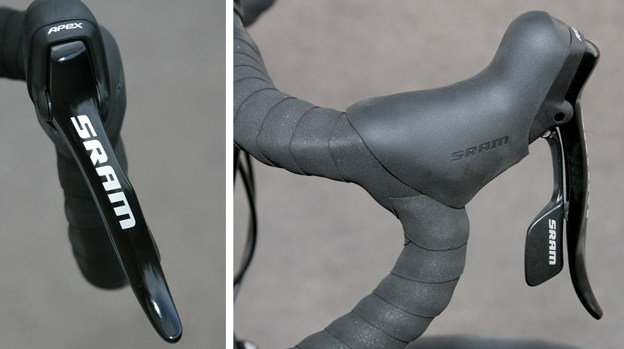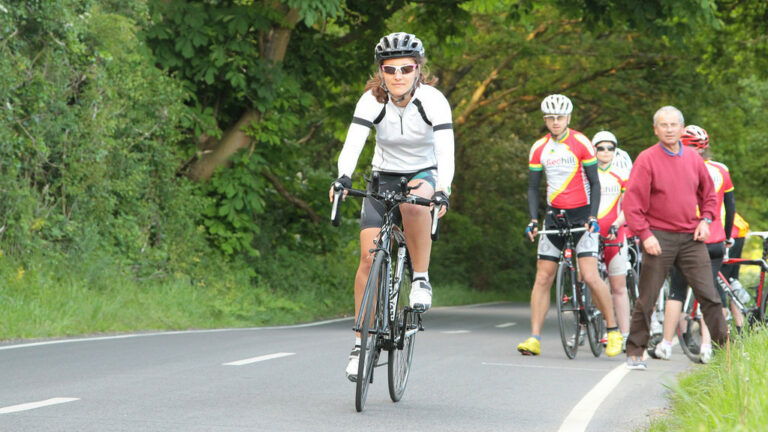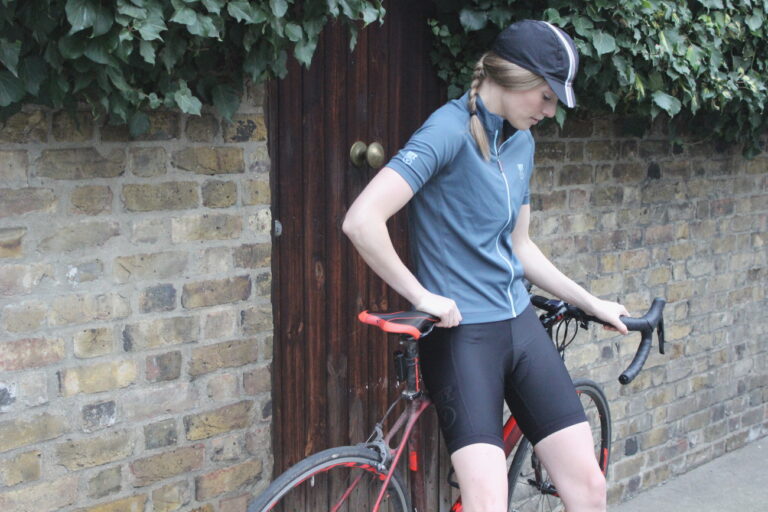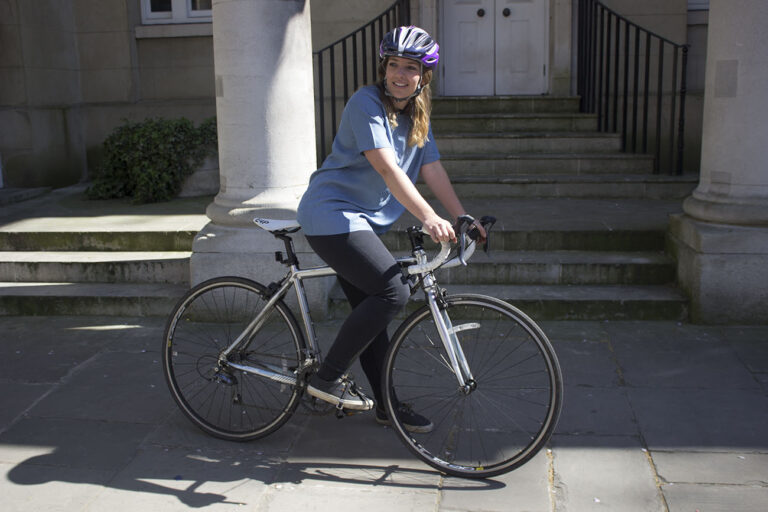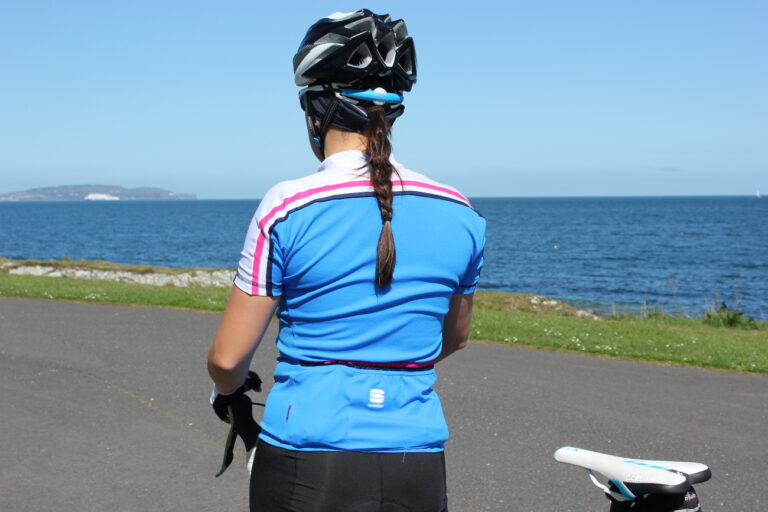The gears on your bike are there to make your life easier – you can shift down when the hills ramp up, and crank them higher for speedier riding when you get a flat stretch of road.
Geared bikes have a front derailleur, which allows you to shift between the large and small chainrings, sometimes with a ‘middle’ option on a triple. Changing chainrings makes a big difference to resistance.
There is also a rear derailleur which controls the gears on the cassette – these allow you to fine tune your gear selection, as the differences between each level of resistance are much smaller.
The lowest resistance, to be used when climbing, is offered by selecting the small ring on the front, and a large cog on the back. For a high resistance, for flat roads or descents, go for the large ring on the front, and a small ring on the back.
Don’t get cross
It can be tempting, sometimes, to use the gears on the cassette and forget about the chainrings on the front – using the big ring on the front, and big (low resistance) cog on the back, or the small ring on the front, and the small (high resistance) cog on the back.
This is called ‘crossing the chain’ – and it’s best avoided, it stretches the chain, can result in the chain slipping, and you lose power anyway when you do this, so it’s an all-round no-no, really.
Different styles
Road bikes generally use Shimano, SRAM, or Campagnolo gears – and they each operate slightly differently – flick through the next pages to discover how each style works.
These instructions might seem a little confusing at first – but as soon as you get your hands on the shifters and go for a few rides it will come naturally – we promise!


